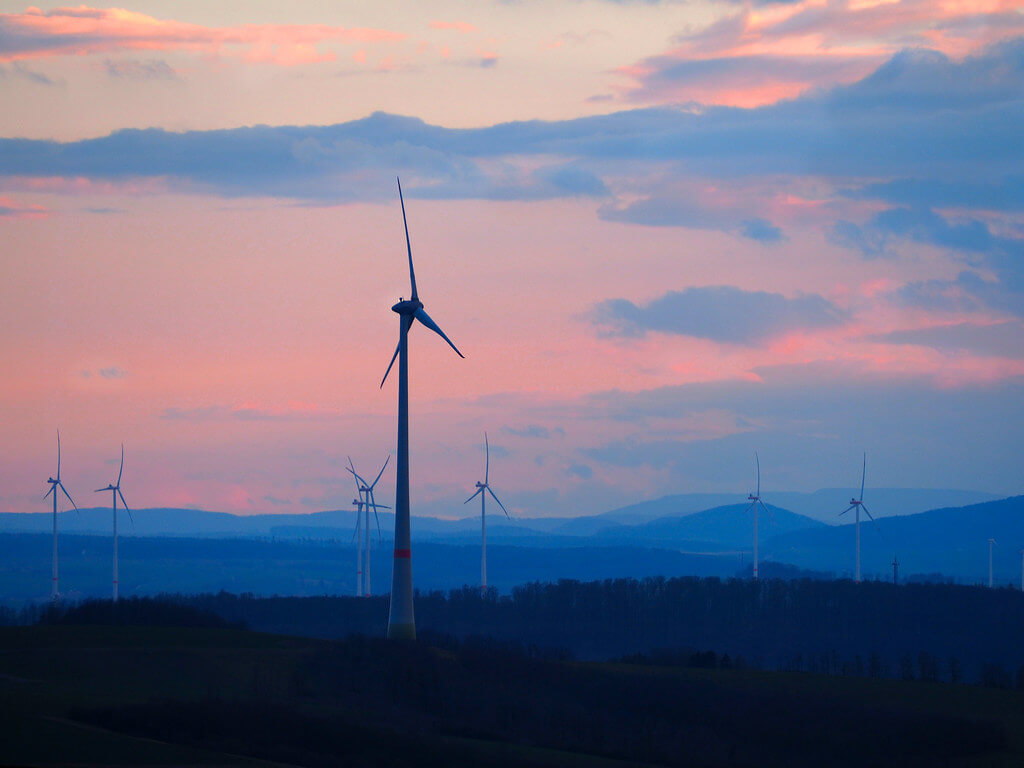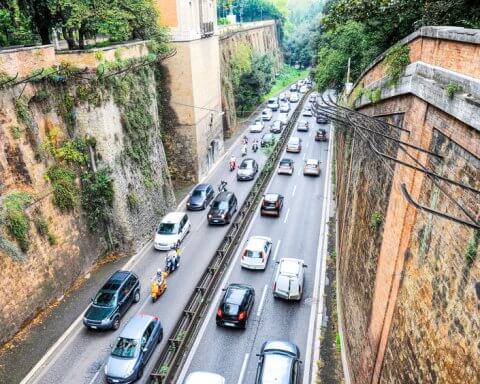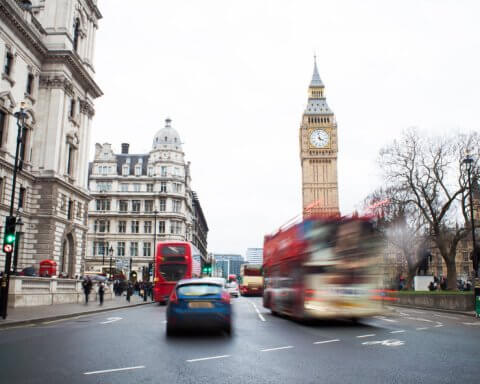It comes as little surprise that Germany tops the rankings of Corporate Knight’s first Earth Index – a comparative tool that measures the annual emissions of each G20 country against what would be required to achieve that country’s 2030 targets. Home to Europe’s first passive house, first feed-in tariffs for producers of renewable energy and an exceptionally strong Green Party, Germany has been pushing the climate envelope for decades. While striving to reduce emissions to 65% of 1990 levels by 2030, Germany announced last year that it is also aiming for net-zero by 2045.
Germany has achieved major gains with its coal phase-out, an objective that was originally set for 2038 but has been moved forward to 2030. This, combined with the commitment to end nuclear power generation by 2022, has resulted in major government investment in renewables – boosted again with Germany’s recent decision to halt certification of the Nord Stream 2 pipeline and wean itself off Russian fossil fuels.
The new federal minister of climate action (and the vice-chancellor), Green Party member Robert Habeck, is currently revising the Renewable Energy Sources Act Law with an aim to significantly expand renewable energy production; solar capacity is slated to increase by more than threefold, and wind power will more than double by 2030. For the first time, the federal government is offering financial support for farmers willing to install solar panels on their land. The government is also raising solar subsidy rates and requiring all new industrial buildings to host solar panels. Meanwhile, Germany’s 16 federal states are being compelled to allocate 2% of their surface area to wind power installations. The government aspires to an 80% renewable grid by 2030, 100% by 2035.
Since the Russian invasion of Ukraine, climate goals are inextricably tied to energy sovereignty, with Finance Minister Christian Lindner now referring to renewables as “Freiheitsenergie” (freedom energy). He has announced a $200-billion investment in industrial transformation that will expand the electric vehicle charging network (100,000 stations to be added annually), boost hydrogen technology and fill the fiscal hole that will result from the removal of the renewable energy surcharge (which has been added to consumers’ electricity bills since 2000).
Energy efficiency is also a key piece of the net-zero puzzle. Germany is working to reduce total energy consumption by 20 to 25% of current levels by 2030. A major focus here is on the country’s buildings, the majority of which were built before 1977, when thermal insulation requirements were introduced, and are still heated with oil or gas. Buildings currently account for 16% of Germany’s CO2 emissions.
In concert with the EU, which recently raised the standards of its Energy Performance of Buildings Directive in a bid to achieve carbon neutrality in Europe’s building stock by 2050, Germany is further raising the bar on energy efficiency requirements for buildings in legislation expected to pass in 2023. An incentive program run through Germany’s state-owned development bank calibrates subsidies, grants and interest rates for building and renovation projects to their energy efficiency.
While Germany’s 2019 Earth Index score of 136% (which is consistent with the previous three-year trend) suggests that the country is well on its way to net-zero, the current government’s attitude is anything but complacent. At his first press conference as minister, Habeck summarized the country’s climate performance thus: “We’re not standing on the starting line here; we’re way behind.”
He says the pace of change has to accelerate by a factor of three in order to reach the 2030 targets; while emissions sunk by an average of 15 megatonnes per year between 2010 and 2020, annual reductions will have to reach at least 40 megatonnes in this decade.
The hitch: while Russia’s invasion of Ukraine should accelerate Germany’s renewable energy plans, Habeck also announced the creation of strategic coal reserves in an effort to reduce Germany’s dependence on Russian gas. As well, the country is building two new port terminals for liquefied natural gas.

Naomi Buck is a Toronto-based writer. She lived in Berlin for 12 years, working for Canadian and German media.









